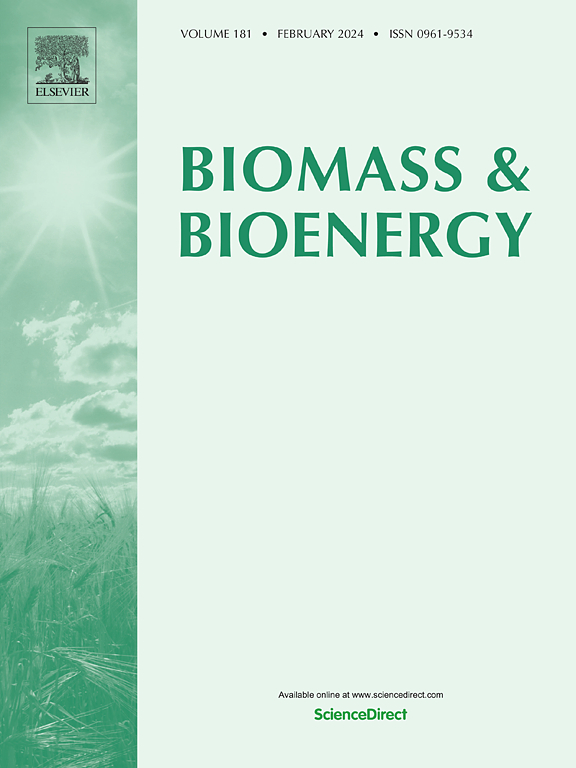The inhibition of xylanase enzymes by oligosaccharides produced during the degradation of biopolymers in biomass
IF 5.8
2区 生物学
Q1 AGRICULTURAL ENGINEERING
引用次数: 0
Abstract
The primary component of hemicellulose is xylan and its derivatives, which represent a significant abundance of natural polymers on Earth. The activity of xylanases can be inhibited by natural oligosaccharides. The findings of the molecular modeling and docking experiments lend support to the hypothesis that three xylanase enzymes, which are taxonomically distinct and exhibit disparate sequences and three-dimensional structures, are similarly inhibited by natural oligosaccharides. Non-branched (linear) oligosaccharides exert a competitive inhibitory effect on the activity of xylanases. Even at low concentrations, branched oligosaccharides inhibit xylanase activity in a non-competitive manner, even at low concentrations. Oligosaccharides comprising a minimum number of subunits (triose, tetrose, and pentose) exert a particularly potent inhibitory effect on the activity of xylanases. The new results offer a molecular rationale for the findings reported in previously published scientific and industrial communications in peer-reviewed journals. The future of this field of research lies in a symbiotic relationship between theoretical and practical experimentation, which represents a promising avenue for research that can advance and establish environmental protection. The characterized inhibitors produced during the degradation of biomass have been demonstrated to reduce the effective hydrolysis of biomass, thereby preventing the optimal extraction of the energy inherent in the biomass. The recovery of energy from biomass can be enhanced by the removal of the inhibitors or the mitigation of their effects.

求助全文
约1分钟内获得全文
求助全文
来源期刊

Biomass & Bioenergy
工程技术-能源与燃料
CiteScore
11.50
自引率
3.30%
发文量
258
审稿时长
60 days
期刊介绍:
Biomass & Bioenergy is an international journal publishing original research papers and short communications, review articles and case studies on biological resources, chemical and biological processes, and biomass products for new renewable sources of energy and materials.
The scope of the journal extends to the environmental, management and economic aspects of biomass and bioenergy.
Key areas covered by the journal:
• Biomass: sources, energy crop production processes, genetic improvements, composition. Please note that research on these biomass subjects must be linked directly to bioenergy generation.
• Biological Residues: residues/rests from agricultural production, forestry and plantations (palm, sugar etc), processing industries, and municipal sources (MSW). Papers on the use of biomass residues through innovative processes/technological novelty and/or consideration of feedstock/system sustainability (or unsustainability) are welcomed. However waste treatment processes and pollution control or mitigation which are only tangentially related to bioenergy are not in the scope of the journal, as they are more suited to publications in the environmental arena. Papers that describe conventional waste streams (ie well described in existing literature) that do not empirically address ''new'' added value from the process are not suitable for submission to the journal.
• Bioenergy Processes: fermentations, thermochemical conversions, liquid and gaseous fuels, and petrochemical substitutes
• Bioenergy Utilization: direct combustion, gasification, electricity production, chemical processes, and by-product remediation
• Biomass and the Environment: carbon cycle, the net energy efficiency of bioenergy systems, assessment of sustainability, and biodiversity issues.
 求助内容:
求助内容: 应助结果提醒方式:
应助结果提醒方式:


